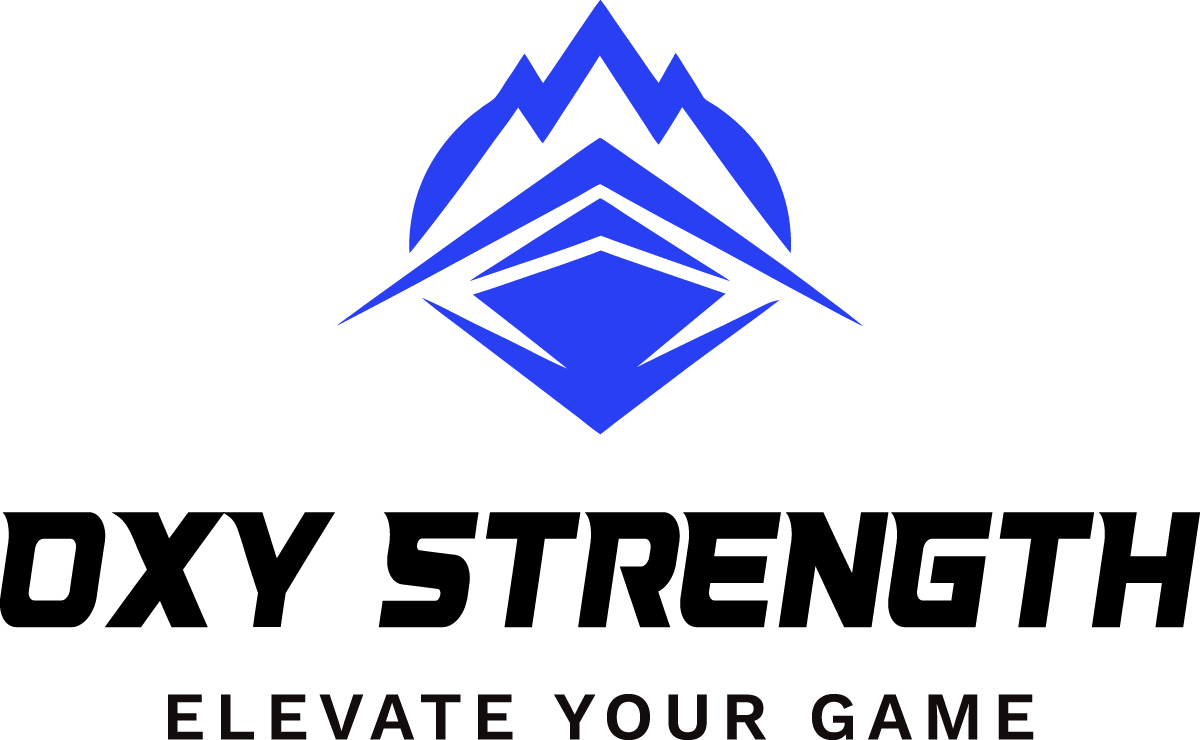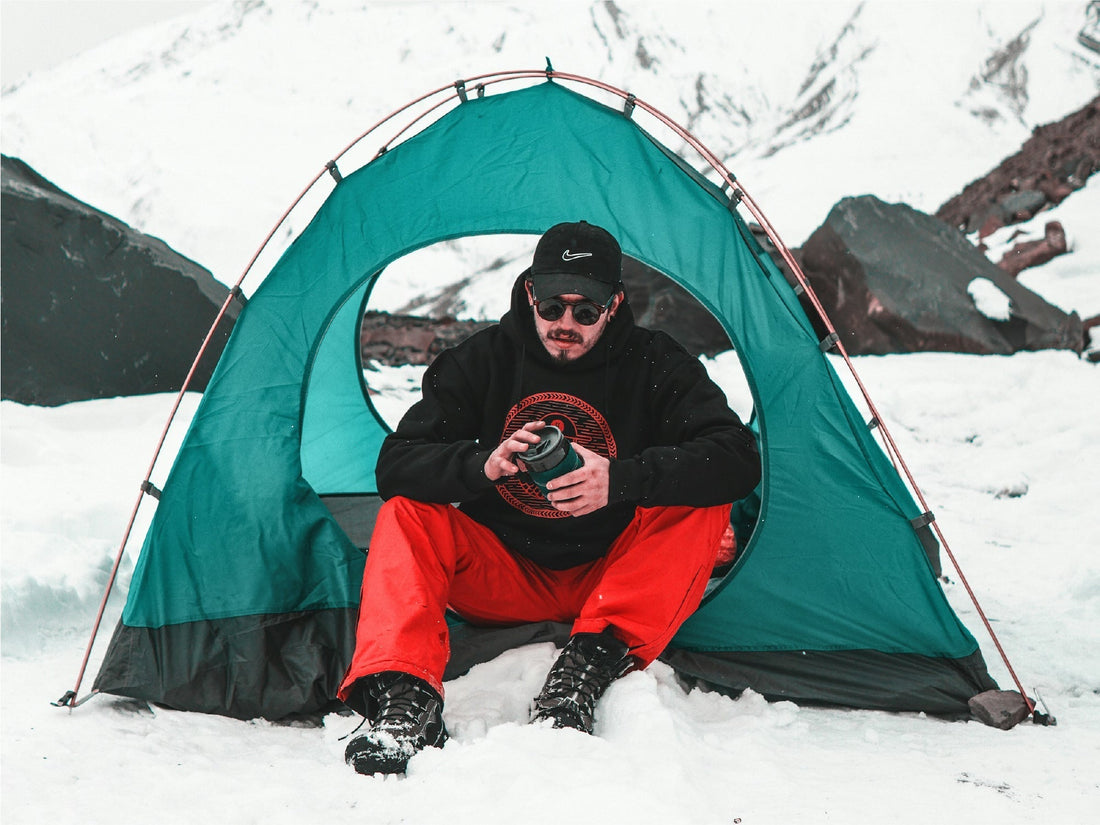The adrenaline of a high-altitude expedition often overshadows the critical need for rest and recovery. However, neglecting this vital stage is a common mistake that can lead to injury, burnout, and a failed summit attempt. For high-altitude athletes, rest is not a sign of weakness—it's a strategic, physiological requirement for a successful journey.
The Physiological Need for Recovery
Intense physical activity, especially in the low-oxygen environment of high altitude, puts immense stress on your body. This stress can lead to:
- Muscle Damage: Microscopic tears in muscle fibers that need time to repair and rebuild.
- Inflammation: A natural response to muscle damage, but chronic inflammation can slow recovery and increase soreness.
- Depleted Energy Stores: Your body's primary fuel (glycogen) is used up, and it needs time to replenish.
- Hormonal Imbalance: The stress of altitude and exercise can disrupt hormonal balance, impacting everything from sleep to mood and energy levels.
Recovery at Altitude: A Unique Challenge
At high altitudes, recovery is even more challenging. The low-oxygen environment slows down cellular repair and can leave you feeling fatigued for longer. This is why a well-planned rest day or strategic recovery periods are non-negotiable.
Recovery Strategies for Peak Performance
- Prioritize Sleep: Your body does its most important repair work while you sleep. Aim for at least 8 hours of quality sleep, even at altitude, and use a sleep aid if necessary to combat discomfort. **Don't let altitude disrupt your recovery:** **Find Targeted Nightly Support Here**.
- Active Recovery: Light activity like a gentle walk or stretching session can improve blood flow and help flush out metabolic waste, reducing muscle soreness.
- Proper Nutrition: Replenish your body with carbohydrates to restore energy and protein to repair muscles. Don't let a suppressed appetite stop you from fueling up.
- Hydration: Dehydration hinders recovery. Continue to drink plenty of water and electrolyte solutions even on rest days.
- Listen to Your Body: The most important recovery strategy is to pay attention to your body's signals. Fatigue, persistent soreness, or a loss of appetite are all signs that you need to slow down and rest. Ignoring these signals is a recipe for disaster.
By embracing rest and recovery as a core part of your training and expedition, you're not just taking a break—you're investing in a stronger, more resilient body, ready for the next challenge.
Build Resilience, Accelerate Recovery
Recovery is more than just sleep; it's about managing the intense physical and hormonal stress of high altitude. **Shroom Bloom** provides a critical layer of adaptogenic defense to support your body's recovery systems and build the resilience needed for multi-day expeditions.
FORTIFY YOUR RECOVERY WITH SHROOM BLOOM
